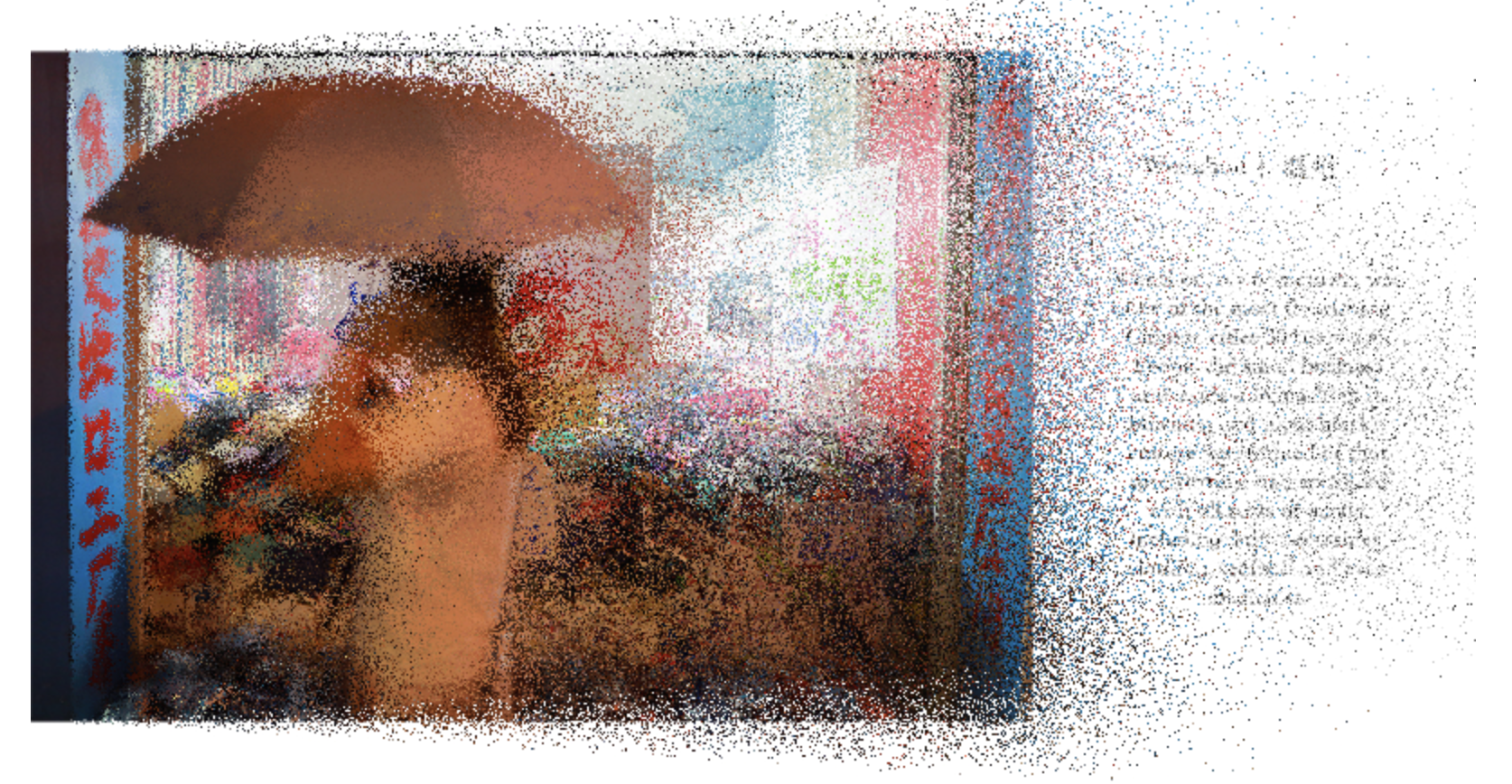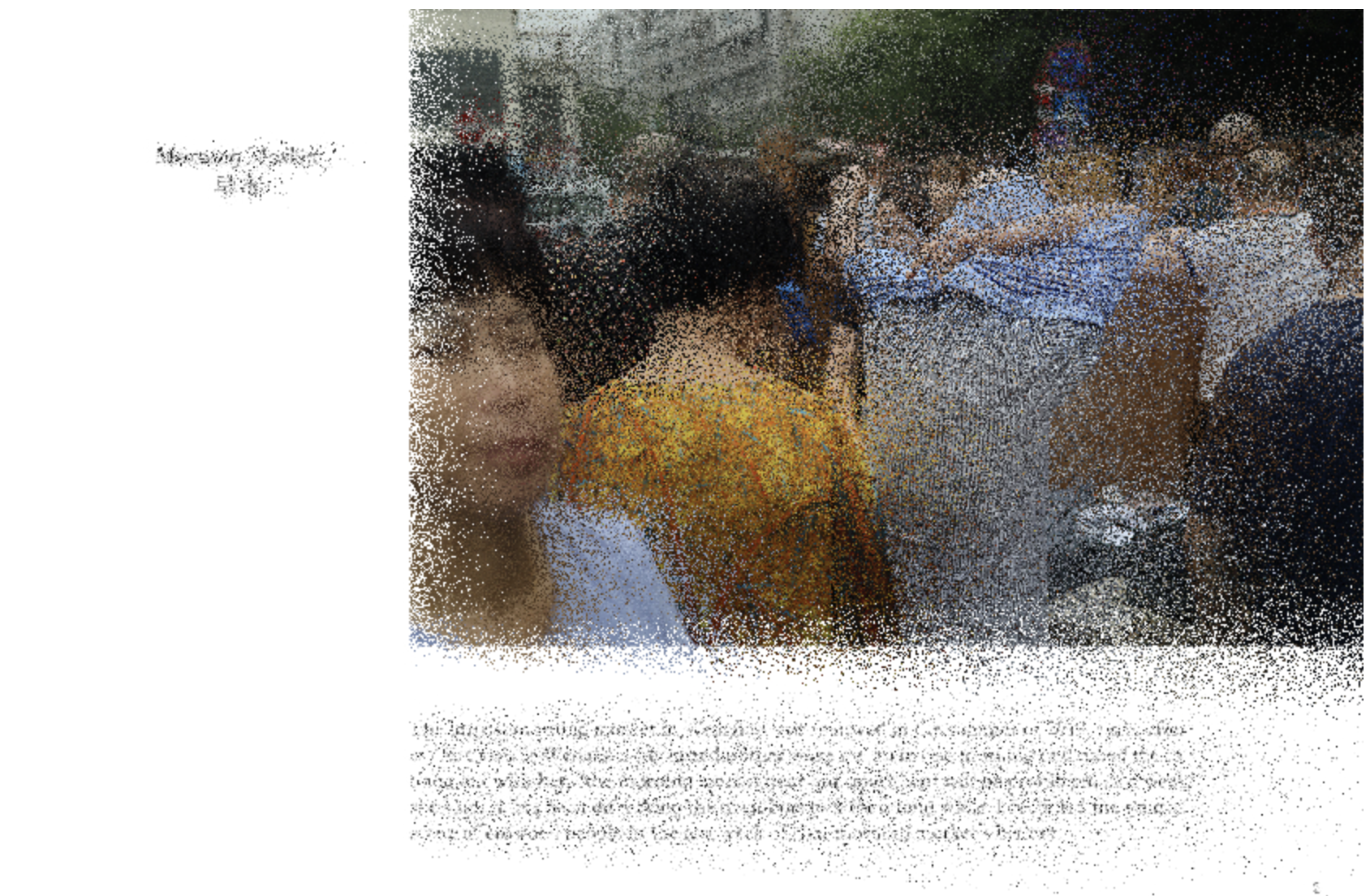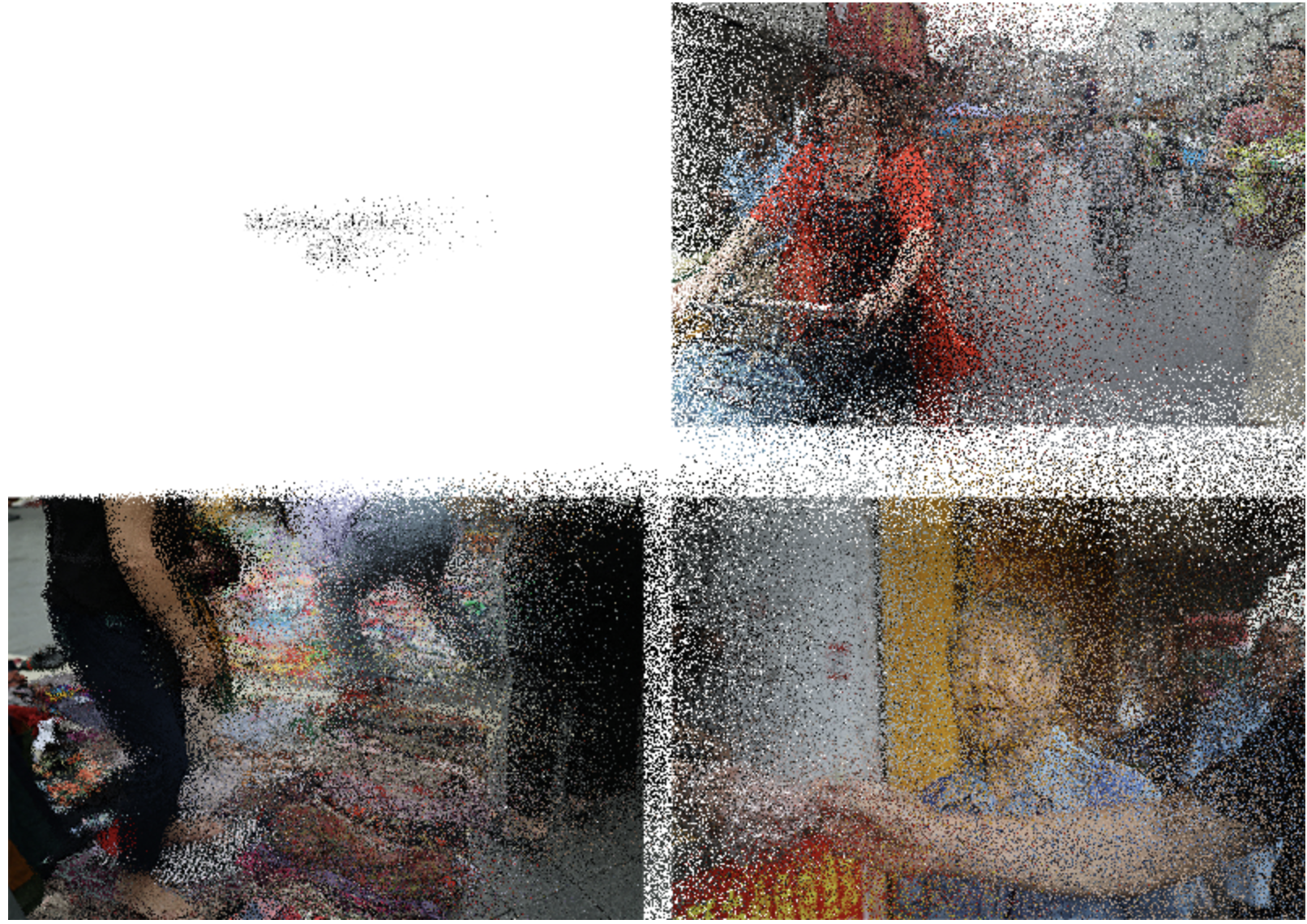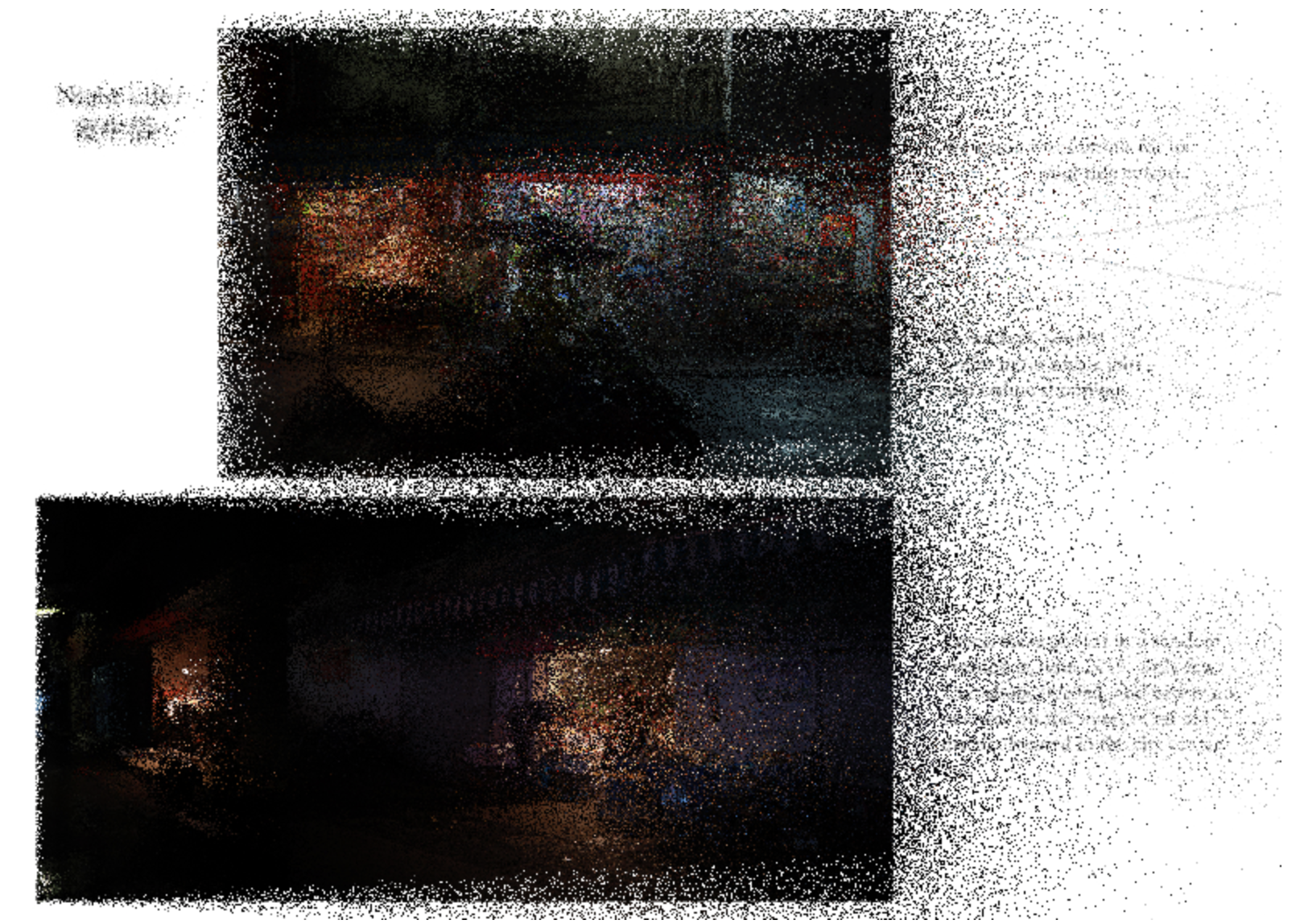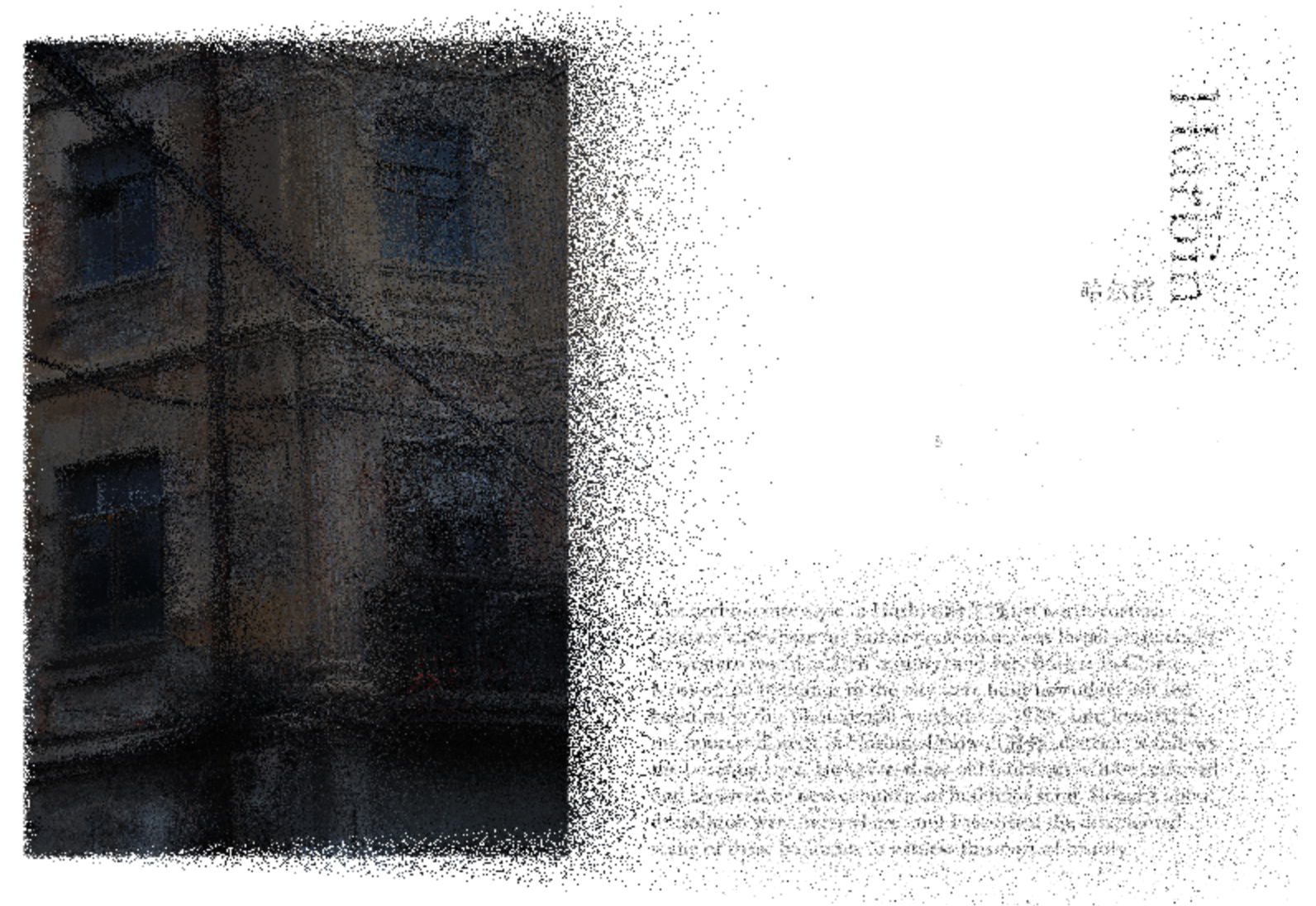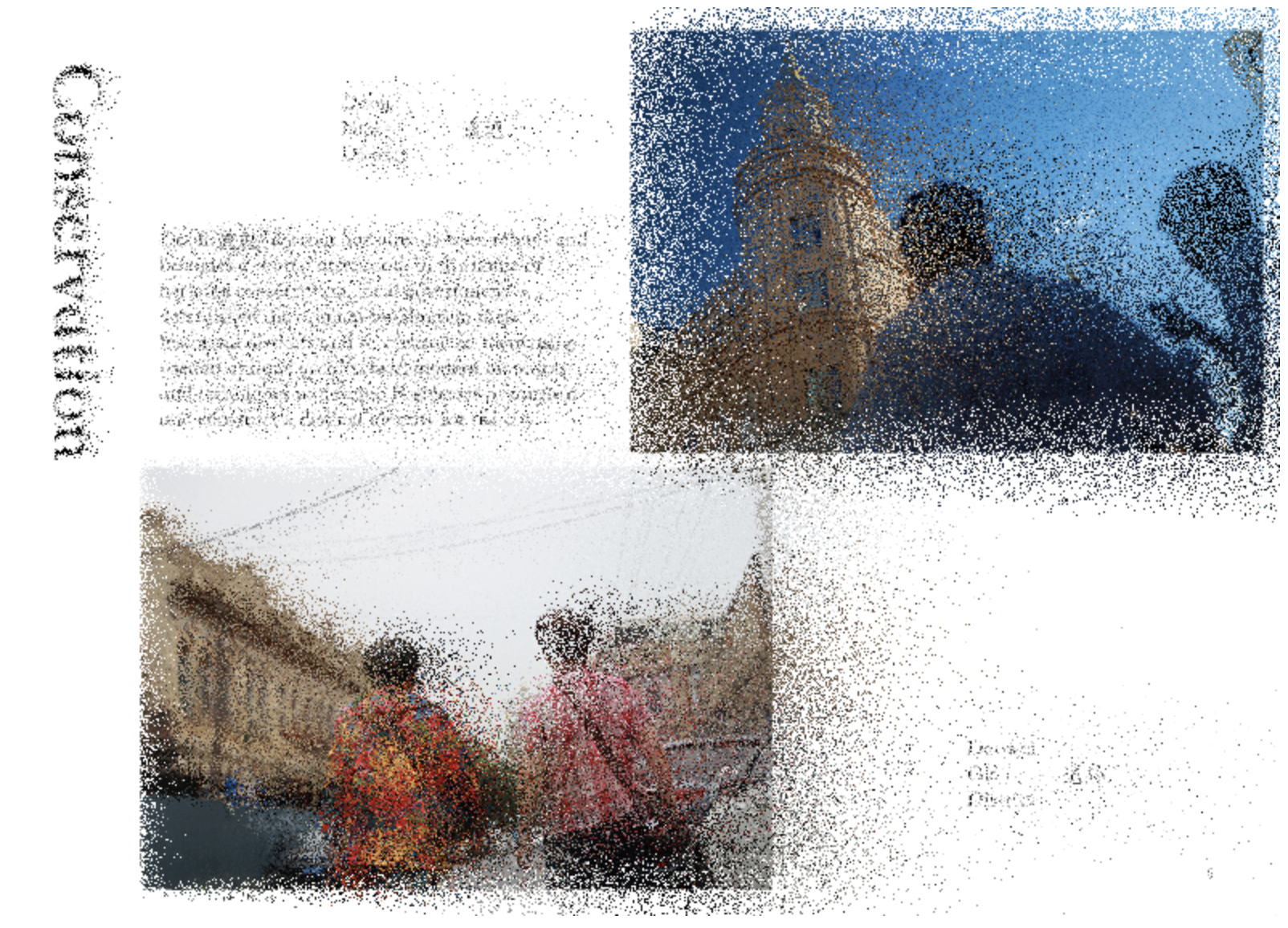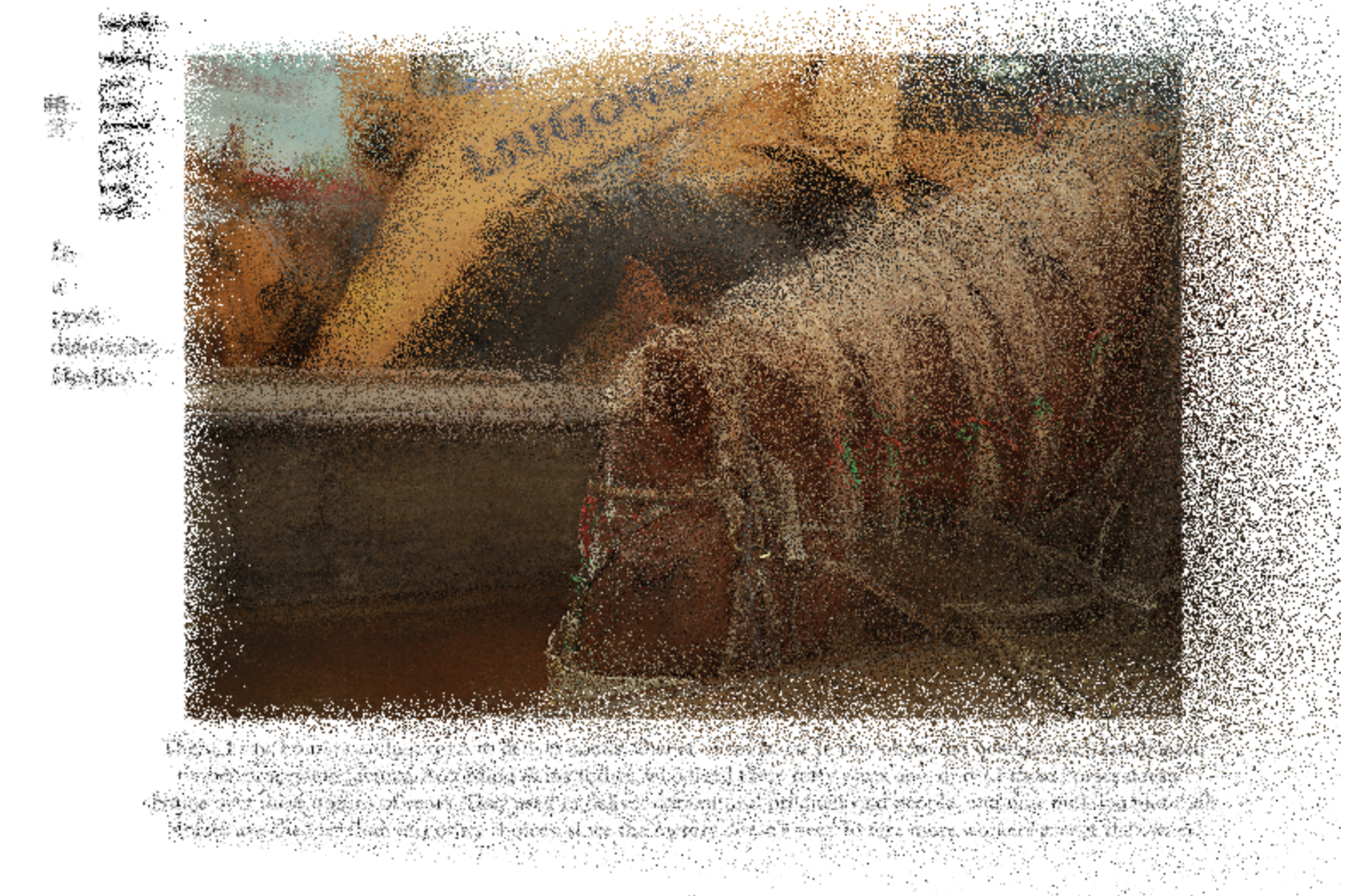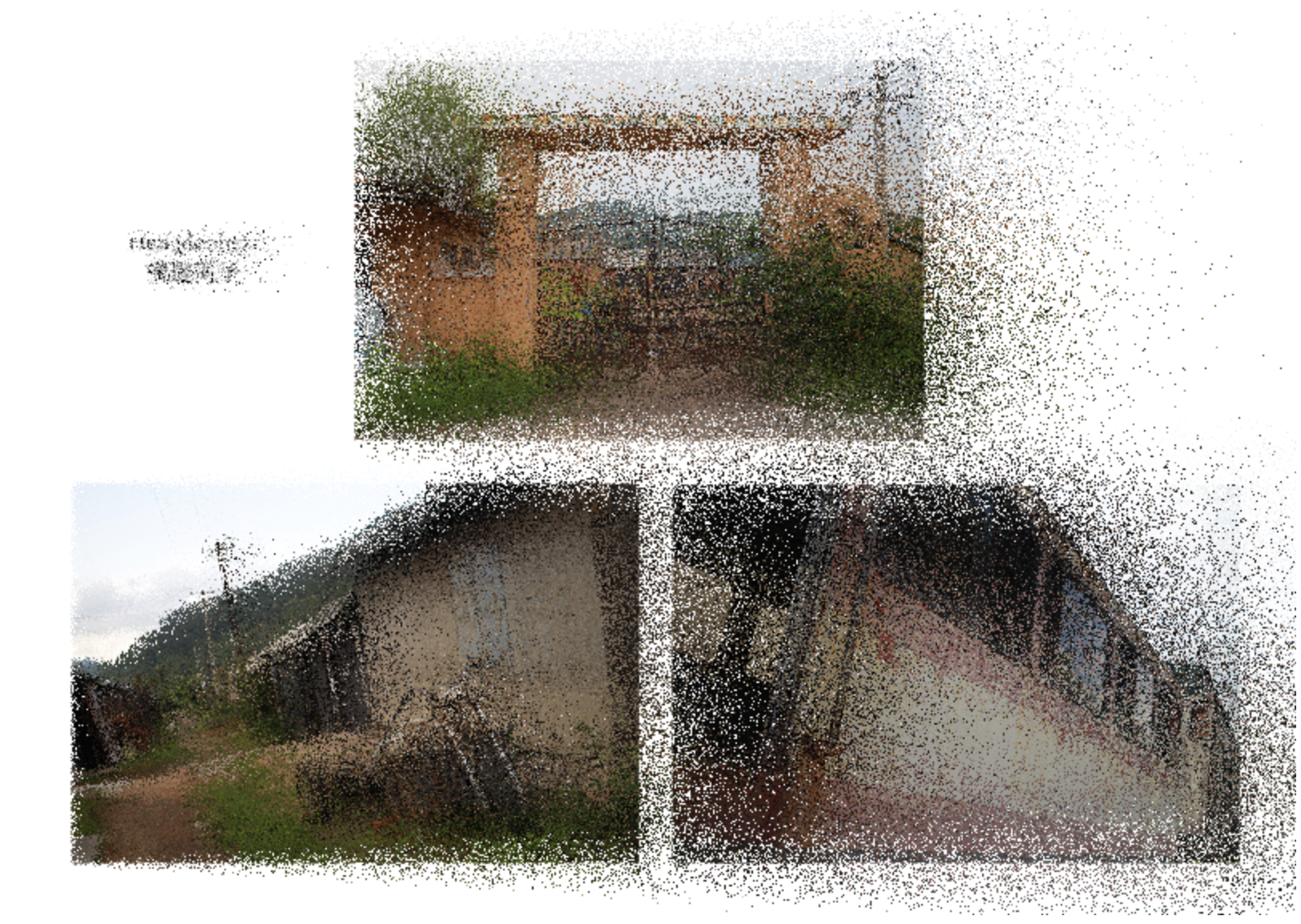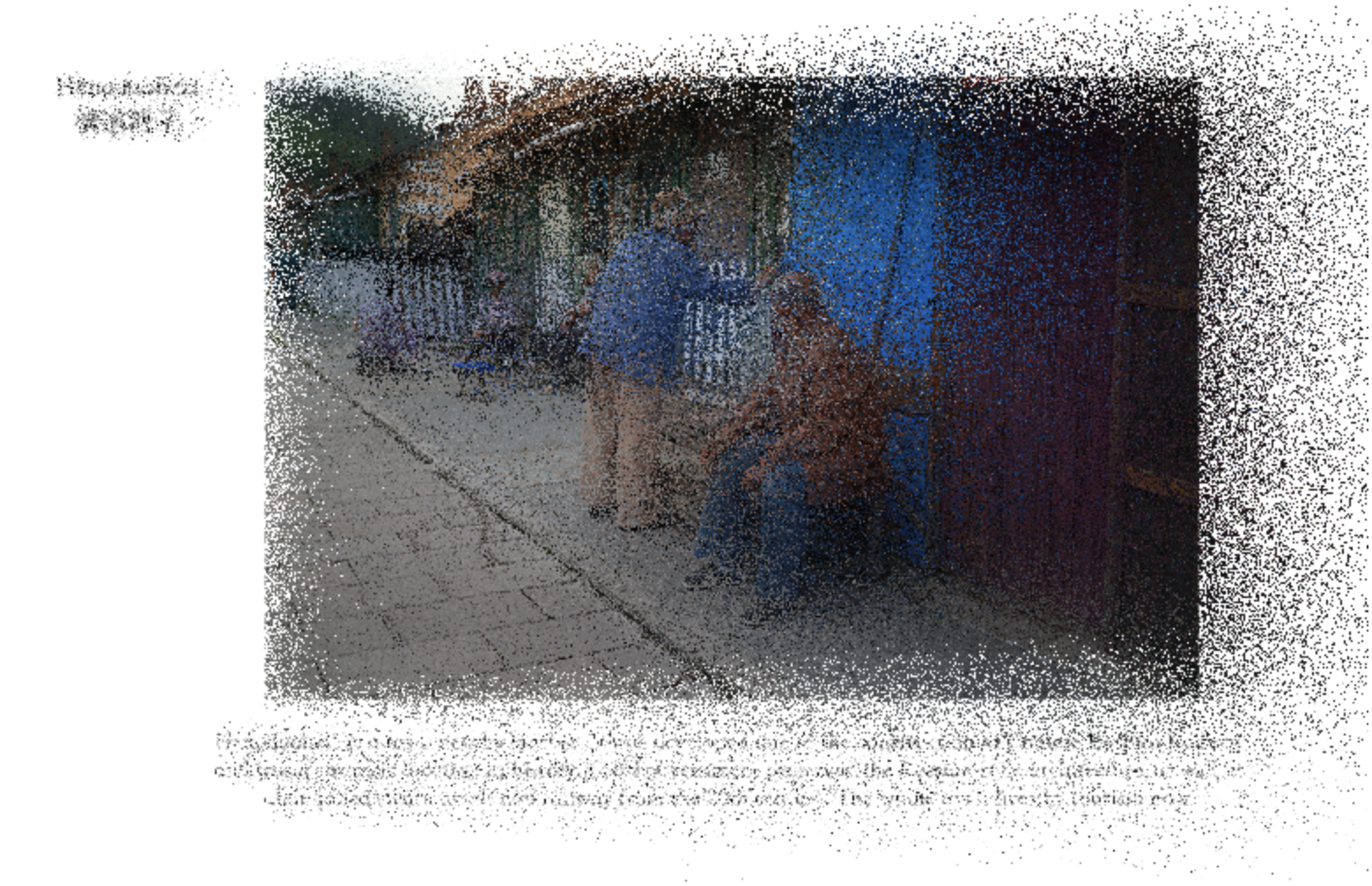Collective Memory and City Development
Images tell stories, but it will never be fully completed without a context, an explanation. This Processing creative coding project discusses the symbiotic relationship between image and word, and the content engages with the topic about public memory and city development. The photo content is from one of my portfolios in 2019. I visited Wenzhou and Harbin, two cities in China where my family lived in the past. I became aware of the public space's ongoing development through physically being there and hearing my father and grandmother's stories about their experiences living in the city. The portfolio I made in 2019 and the moments I captured in 2019 all become a new “memory” now. The portfolio starts with presenting blurred images only, and when users move their mouse, dispersed particles will form into a clear image with photos and contexts. This motion simulates different methods of approaching the collective memory of the city.
(Click on the individual image to view/run the source code)
Wenzhou
Harbin2019 Portfolio
Building on the courses I took from art history minor, my interest lies in the relationship between collective memories, space, and society. These elements are interconnected, with the spaces we inhabit and the memories we associate with them shaping our identities and sense of belonging. Physical spaces, in turn, can serve as repositories of collective memory, influencing our understanding and interaction with the world. The use of public spaces can also impact the formation of collective memories, which can shape the social, cultural, and political dynamics of a society.









